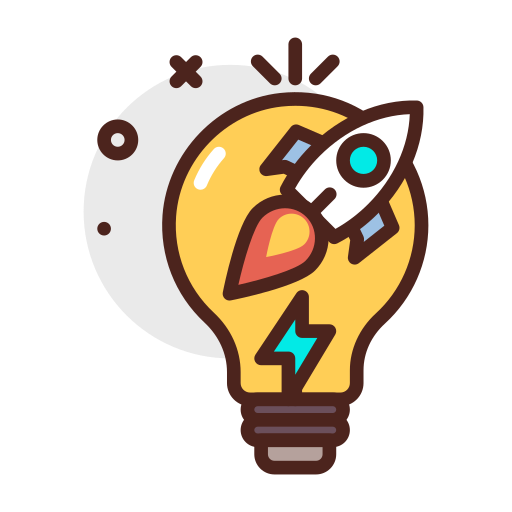Still in Discovery. So, your idea is magnificent. But who’s going to join your adventure? And where is that happening? Why is that happening?
You wrote all those hundred pages of world-building, you drew maps, schematics, diagrams of family trees, and event causality, and even probably drew some sketches of people, species, jewellery, monsters, spaceships, and so on.
Now it’s the time to decide what will be in the story and what remains background information. And we’re talking from big decisions, like what cities or neighbourhoods and buildings will get into the story, to very small decisions, like what the protagonist will eat for breakfast, or what technology are they using to advance the mission.
You’ll have to ask yourself at every step: “Is this element essential to advance the story or define this particular character? Or is it just extra decor that I like a lot and I want to clutter the story with it because I feel I was innovative?”

Innovative is good, but it has to be supplemented with useful as well. And if you think this is some unimportant step, think again. Companies have mined the prescient thinking of science fiction. Corporations like Nike and Ford have taken inspiration again and again from science fiction. They have even hired science fiction writers and world-building strategists to come up with novel ideas. A lot of technologies are based on the science fiction writers’ imagination. Things like electric cars, virtual reality, holograms, etc.

The idea for the Amazon Kindle, for example, was reportedly ripped from the pages of The Diamond Age by Neal Stephenson, in which the author describes an interactive “super book” with pages that morph and change.

In his book, The One Device, author Brian Merchant recounts how Apple designer Bas Ording took direct inspiration from Minority Report when designing the iPhone’s UI.
So, your ideas are important. But you have to make sure they’re the right ideas for your story, so your story gets the attention it deserves.
